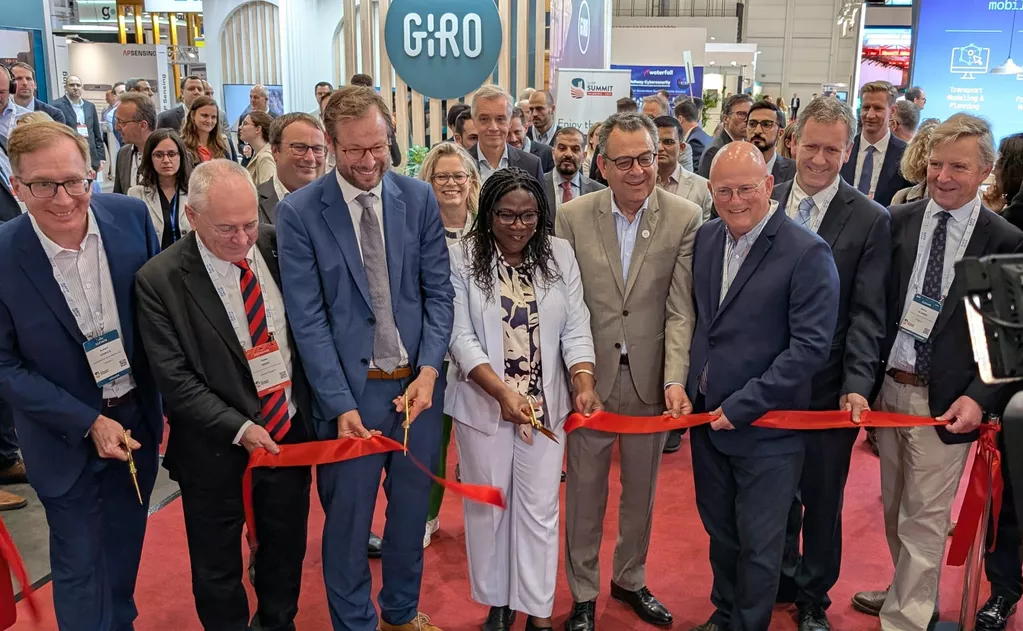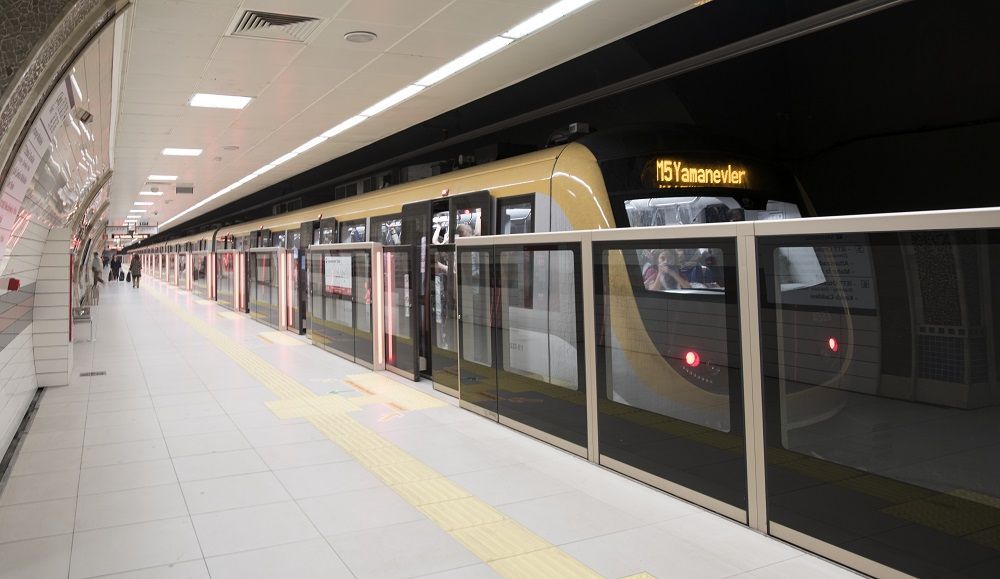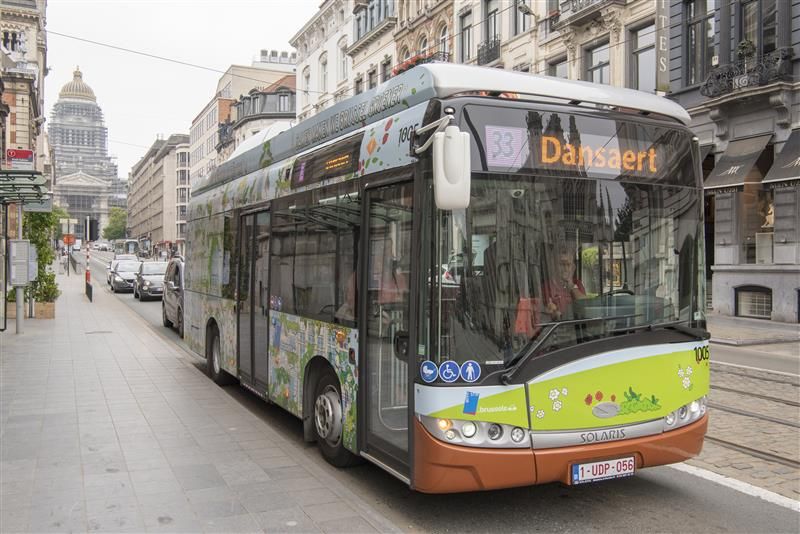
Making transport Fit for 55: UITP publishes its position paper on Fit for 55 Package
Public Transport necessary to meet EU climate objectives
UITP welcomes the Commission’s ‘Fit for 55’ package, published in July 2021. The package is an essential step to reducing transport emissions and contains a key set of measures for achieving the goals of the European Green Deal. Cities will be at the forefront of delivering on the EU’s increased ambition to achieve climate net neutrality by 2050. Public transport plays a crucial role in economic prosperity and sustainability. For UITP, providing people with more and better public transport is the fast, affordable and fair way to enable the transition to zero-emission land transport.
In its new position paper, UITP presents its main messages on the package and on six individual initiatives that will affect the public transport sector: the AFI Regulation, the Energy Taxation Directive, the EU Emissions Trading Scheme, the Social Climate Fund, the Renewable Energy Directive as well as the Energy Efficiency Directive.
While these dossiers within the ‘Fit for 55’ package will affect the public transport sector, few of them actively account for their impact on transport by bus, tram, metro and rail. For example, there is a close link between the Alternative Fuels Infrastructure Regulation and the Clean Vehicles Directive, which governs the procurement of clean urban buses. While the focus of AFI is on private mobility and freight, infrastructure for buses and rail also needs to be considered. Combining a new Emission Trading System that includes transport fuels and a more stringent Energy Taxation Directive will likely result in higher fuel prices and thus higher operating costs for public transport services. Compensation must be introduced through new financial contributions to public transport, tax reductions or exemptions, to enable affordable public transport in the long term.
Referring to its public transport benefits campaign, UITP reminds EU decision-makers that public transport is essential to meet the objectives of the Fit for 55 package. Public transport reduces congestion, improves urban mobility, and has profound climate benefits. In 2018, buses, trams and metros in EU cities carried some 50 billion passengers, replacing 36 billion annual car trips, or 100 million daily car trips. Investments in public transport and getting more people to use it can cut emissions from the transport sector by over 50% in the next decade.
A coherent package to reach Green Deal objectives
UITP is calling for policy coherence between the various initiatives. Some dossiers risk overlapping with others, which may be the case with the effects of the Energy Taxation Directive and the new ETS on the price of fuels. Since the individual files will be treated independently in the legislative process, more overlaps and contradictions may arise during negotiations.
The package should create more synergies for accelerating investments for a clean and just energy transition, ensuring that no one is left behind. By putting public transport at the centre of daily mobility, the transition towards a fully decarbonised economy will lead to more prosperity, sustainability, and resilient communities.
Financing the green transition
The implementation of this package will require mobilising investments. In this regard, UITP urges policymakers to ensure synergies between the Fit for 55 package and national, local and regional EU funding opportunities. A clear and stable framework will provide market clarity and help cities and financial players make informed investment decisions on a wide range of sustainable economic activities. In the case of public transport, this should not just focus on the decarbonisation of fleets but one that scales up in more and better public transport.
The package should also create a pricing system that facilitates more and better public transport with direct access to funding. Of course, it is also critical to ensure that unsustainable transport or travel activities that would harm the purposes of the package receive no public funding.
The Fit for 55 package represents a unique opportunity to combine energy and transport objectives. Changing the way people travel rather than focusing only on electromobility is key to meeting the Green Deal objectives. Public transport not only benefits the climate but also positively impacts road safety, congestion, air pollution and quality of urban life












